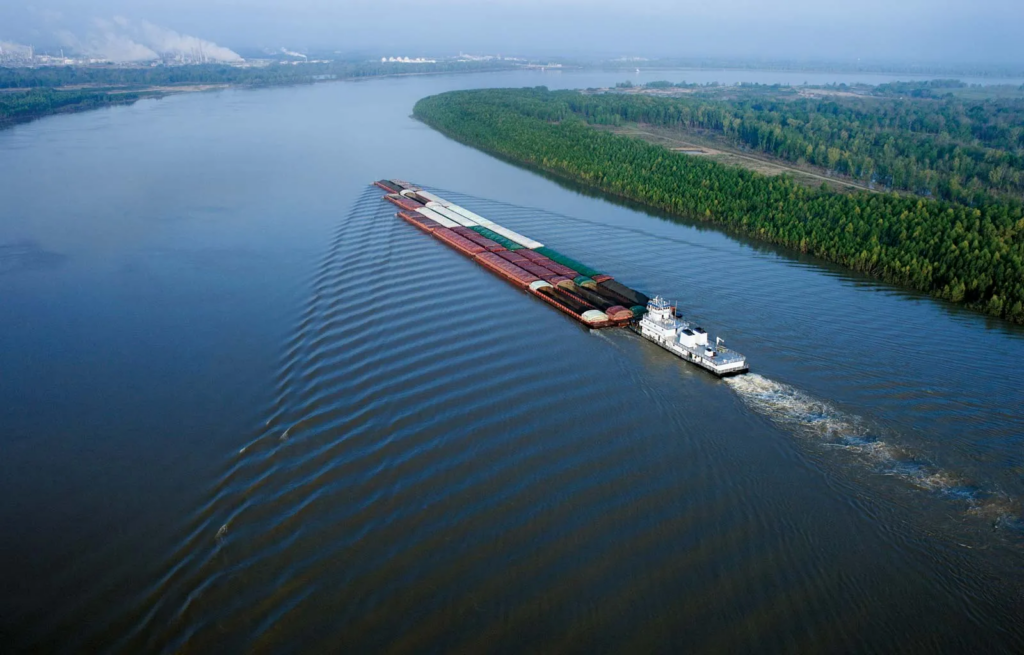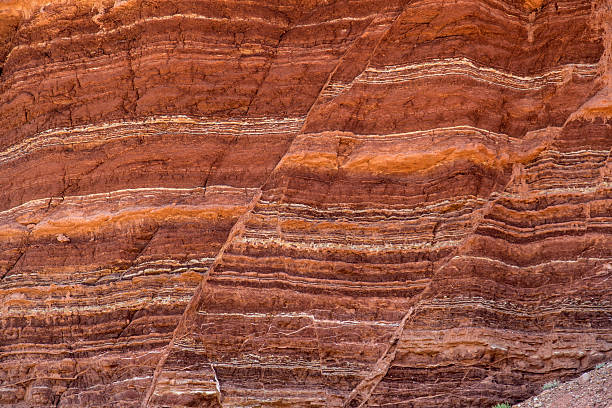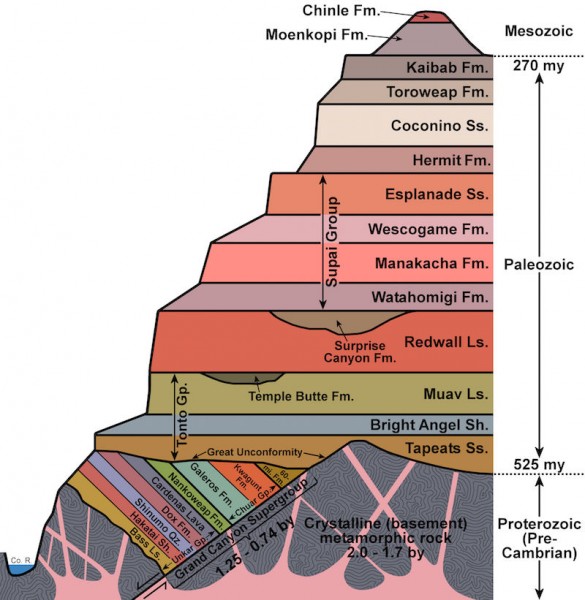Grace Hill
A point of Timothy R. Pauketat’s writing of Cahokia: Ancient America’s Great City on the Mississippi that sticks out to me is highlighted in it’s title: Cahokia’s positioning along the Mississippi river. Specifically, what interested me, is how this alignment along waterways has added to the growth of Cahokia itself, as well as the establishment of food and crop production, travel, trade, and is suggestive toward the importance of waterways in major U.S. cities today.
Throughout Timothy R. Pauketat’s text on the ancient indigenous civilization of Cahokia, the settlement’s location along the Mississippi River is also consistently mentioned. Specifically, Cahokia had an interesting placement near the junction of the Mississippi river, Missouri river, and parts of the Illinois rivers. Pauketat acknowledges the benefits of this proximity to vital and flourishing water sources in ancient Cahokia in various ways. On page 139 of “Cahokia,” for example, Pauketat mentions how Cahokians might have used the Mississippi and Missouri rivers as routes for trade, raiding or interaction with other communities along the waterways (Pauketat 2009:139 ?). Page 18 also briefly mentions agriculture production along the Mississippi (Pauketat 2009:18). Despite Pauketat’s brief descriptions of these points, they are not to be ignored. Cahokia’s geographic positioning along North America’s waterways goes hand-in-hand with the civilization’s cultivation of power and steady growth into one of Ancient America’s most astounding civilizations.

Similar to Pauketat’s brief descriptions of the importance of the surrounding rivers on the Cahokia civilization, the Mississippi river has had ties to many Indigenous nations and groups throughout American history. According to Northern Illinois University, “The Choctaw, Chickasaw, Quapaw, Osage, Caddo, Natchez, and Tunica” (Burton et al.) were among the many groups who aligned themselves along the Mississippi river throughout generations. This alignment to these bodies of water would have put Native communities into direct contact with each other, as well as European settlers and traders in the late seventeenth and early eighteenth centuries (Burton et al.). Alignment along the flourishing Mississippi river created distinct lines of trade and commerce, be it for better or for worse. It is interesting to think about how Cahokia’s positioning close to this waterway hundreds of years earlier, in addition to its proximity to the Missouri and Illinois rivers, would have created vital passages to neighboring communities and trade routes, along with the other benefits of proximity to flourishing bodies of water.
In addition to the indigenous presence along the Mississippi river, it is interesting how the presence of waterways in various civilizations has evolved many major, bustling cities of today. New York City, San Francisco, and Chicago are among the multitude of cities that have grown out of a long history of trade, commerce, and agriculture along rivers and oceans. St. Louis, itself, was born out of almost the exact geographical positioning as Cahokia, along the junction of three of America’s most important waterways.


Works Cited
Burton, Vernon, et al. “Forced Over the Great River: Native Americans in the Mississippi River Valley, 1851-1900.” Mark Twain’s Mississippi, Northern Illinois University Digital Library, N/A, https://digital.lib.niu.edu/twain/forced. Accessed 4 November 2023.Pauketat, Timothy R. Cahokia: Ancient America’s Great City on the Mississippi. Viking, 2009.
Additional Links:
https://www.washingtonpost.com/wp-srv/national/daily/march/12/cahokia.htm


